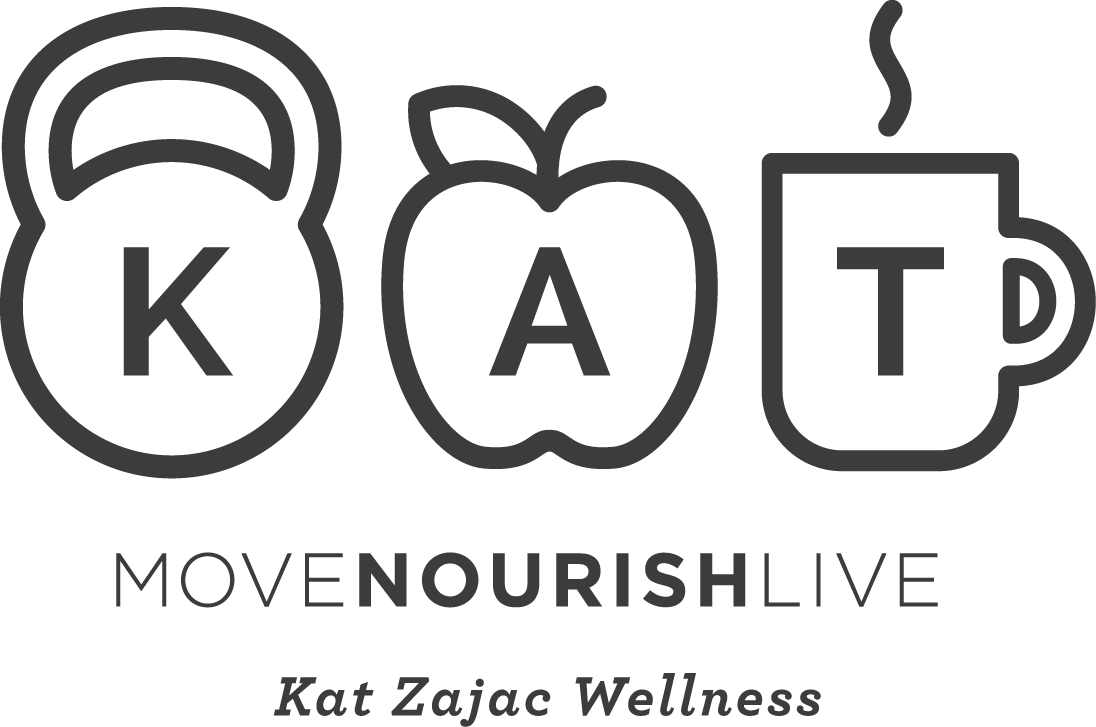Ending Farmlife Year 2 & Beginning Year 3
Happy New Year!
We made it through our first “snow storm” of the year this past weekend. We ended up with an inch or so of wet snow. Very underwhelming for this Boston, MA transplant, but I’m not complaining about the 40 degree weather that helped to warm up our calves the next day!
Fun Fact: Did you know that when you see snow on the back of cattle, it means their coat is doing its job to insulate their body heat?
Life has been chaos as usual, and I really have not been able to spend the time writing and sharing…something that I do enjoy. But one of my “wintering” activities is to hopefully set aside some more time to put my thoughts and experiences on paper.
I’ve been reflecting a lot back on the past two years, and how I got to where I am today…although most days I still don’t really know where “I am”! And I realized that some of this journey might be interesting for those of you who may dream of a farm someday, or even who are just interested in the behind the scenes of farmlife.
When I initially purchased my herd of cattle in 2021, it was about 130 head, combining cows, heifers, steers, calves and a bull. We actually hadn’t even bought our farm yet. Yes, we purchased over 100 cattle before we actually had a farm!
Initially, we were looking at land to lease as well as to buy. After searching for some time, when we came across our farm and learned about its history, the wildlife conservation areas, and saw the beautiful view of the mountains from the barn, we knew we found what we were looking for.
However, what we’d soon learn is that our farmland would not support the size of the herd that we purchased.
The cow/calf herd when they arrived in June of 2021.
In the summer of 2021, we began a process of moving our herd, group by group to our new farm. First was the cow/calf group, plus Jenny (our mule), and our bull, Fluffy (who we have since sold). This was roughly somewhere around 50 head of cattle and we only had 70 acres of pasture. A general rule of thumb is 2 acres per cow/calf pair, so quick math will tell you we were severely overstocked. On top of that, several of the pasture fields were not in good condition for grazing and there was a drought that summer, which made things even worse. I quickly learned some hard lessons.
However, at that time, we were still leasing other farmland for our yearling cattle & the steers in the finishing phase. This gave me an opportunity to rethink the future of the herd and make some decisions based on what I was learning. Villacaro Farms started with a passion for healthy beef from healthy animals, raised in a way that benefits our environment. This remained the priority, so I faced an obvious decision that had to be made.
There was no way our farm was going to support the herd size that we bought. We could continue to lease other farmland to maintain the herd size, or we could downsize the herd to make it fit the land that we had.
So in 2022, we chose to downsize the herd. With three kids and daily farm chores, the thought of having to travel to another property on a regular basis was a logistical nightmare. Plus, I wanted the cohesiveness of the entire herd here on the property.
Not all farms raise their animals from start to finish, but this was something important to me. I wanted to have my influence in every step of the beef that was ending up on my family’s table. So, I began to sell off breeding stock (cows, calves, heifers), feeder stock (steers and heifers to other farmers for their beef programs) and continued to sell our beef. By early 2023, I had reduced our initial herd by over 50% and by mid-2023 the remainder of the herd was moved to the farm from the leased farmland.
Now, every stage of our cattle’s lives occurs right here, under my watch. From breeding, to calving, to growing and finishing, I spend each and every day giving the Villacaro Farms herd the best I can give them.
This is Tag 625 (Buttercup) who is one of the foundational polled Akaushi heifers that I added to the herd in 2023.
Last year, I continued to invest my efforts into realizing the vision of Villacaro Farms. With the right stocking rate, (and an amazing veterinarian and mentors) not only were my cattle thriving, but the pastures were improving. I had local neighbors approach me and say they hadn’t seen our land so green in years. That was a win for me as a first generation farmer, who is still very much in the learning phase.
I began to research genetics and implement some new changes to our breeding program that focused on the Akaushi bloodline of Wagyu cattle, as well as polled (without horns) genetics. The Akaushi bloodline (the red cattle) are known for better foraging ability than the black Wagyu cattle, and this aligned with my goals for the next steps in our regenerative farming practices.
This brings us to 2024 and beyond. I haven’t yet talked about the impact of the 2022 downsize on our beef program. This year, I will have 50% less beef available than in prior years. I am still learning what the impact of that outcome will be, but one thing is for certain. I am so grateful for the customers who have given our beef a try, who continue to support the farm through their orders, who tell their friends and as well as those of you who follow along with me on my journey.
More soon…
xo
Kat



